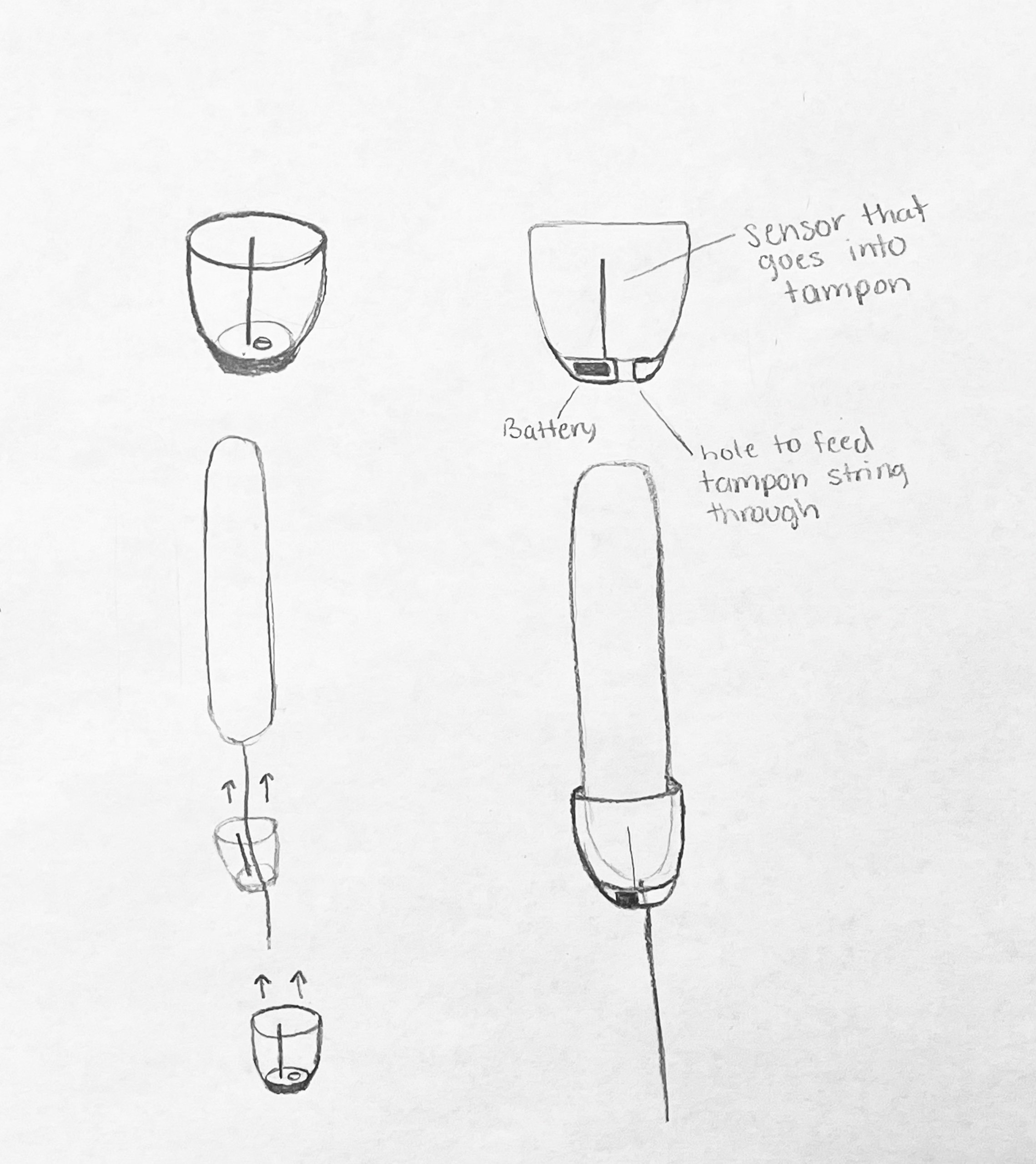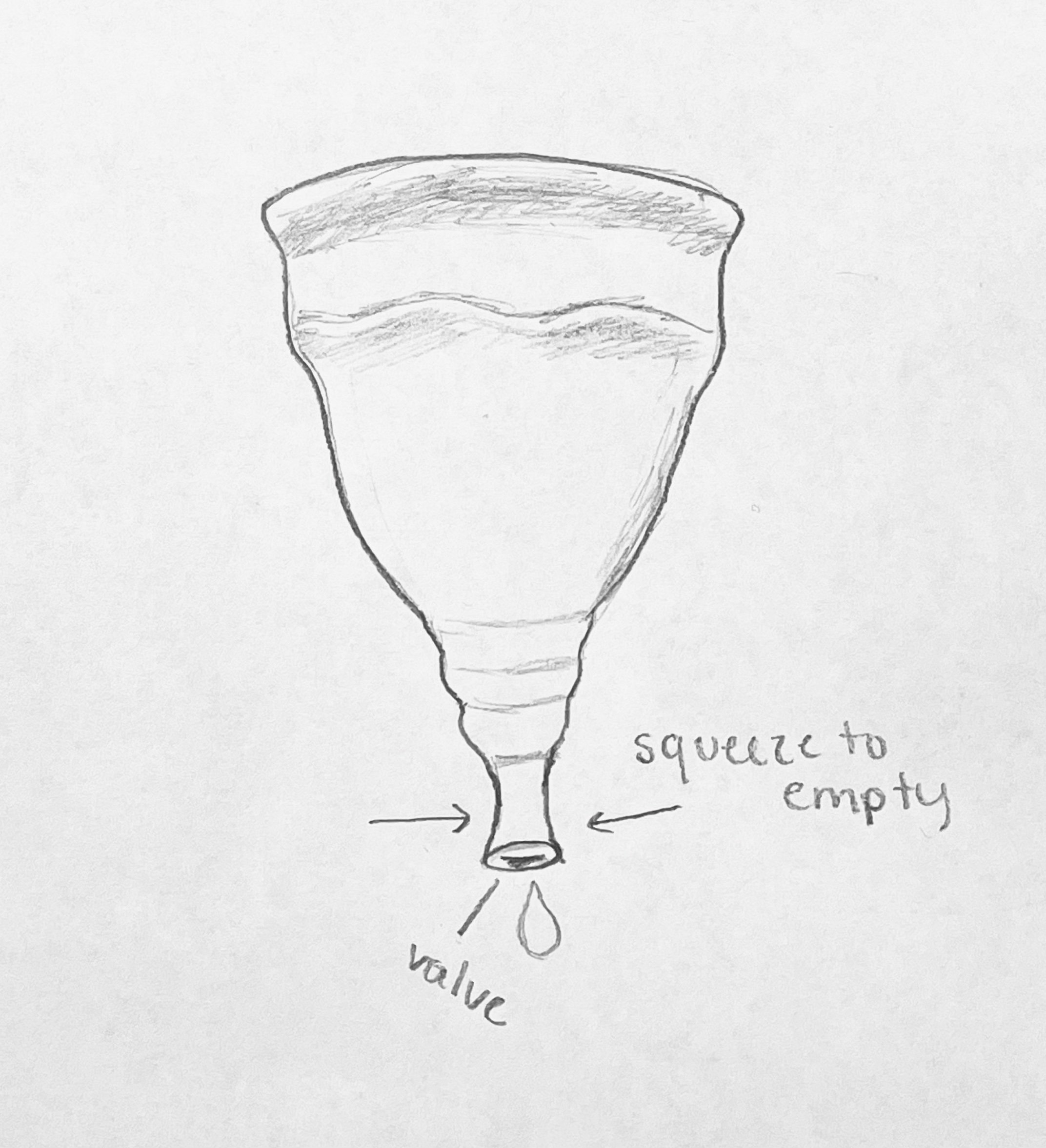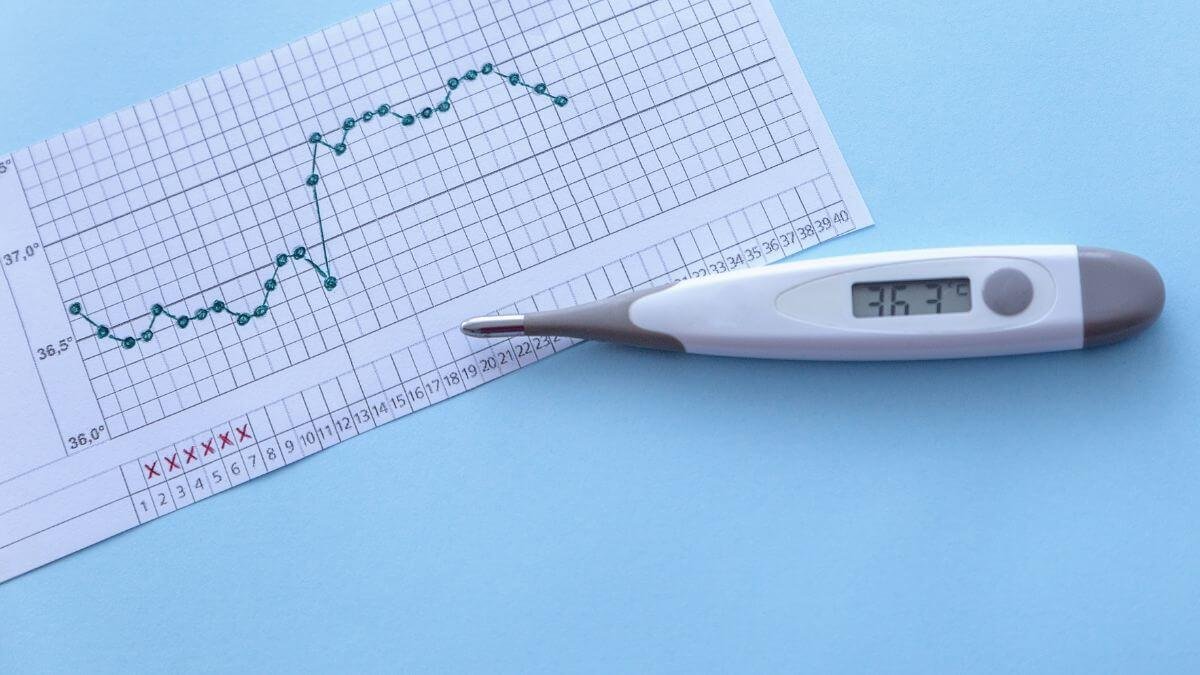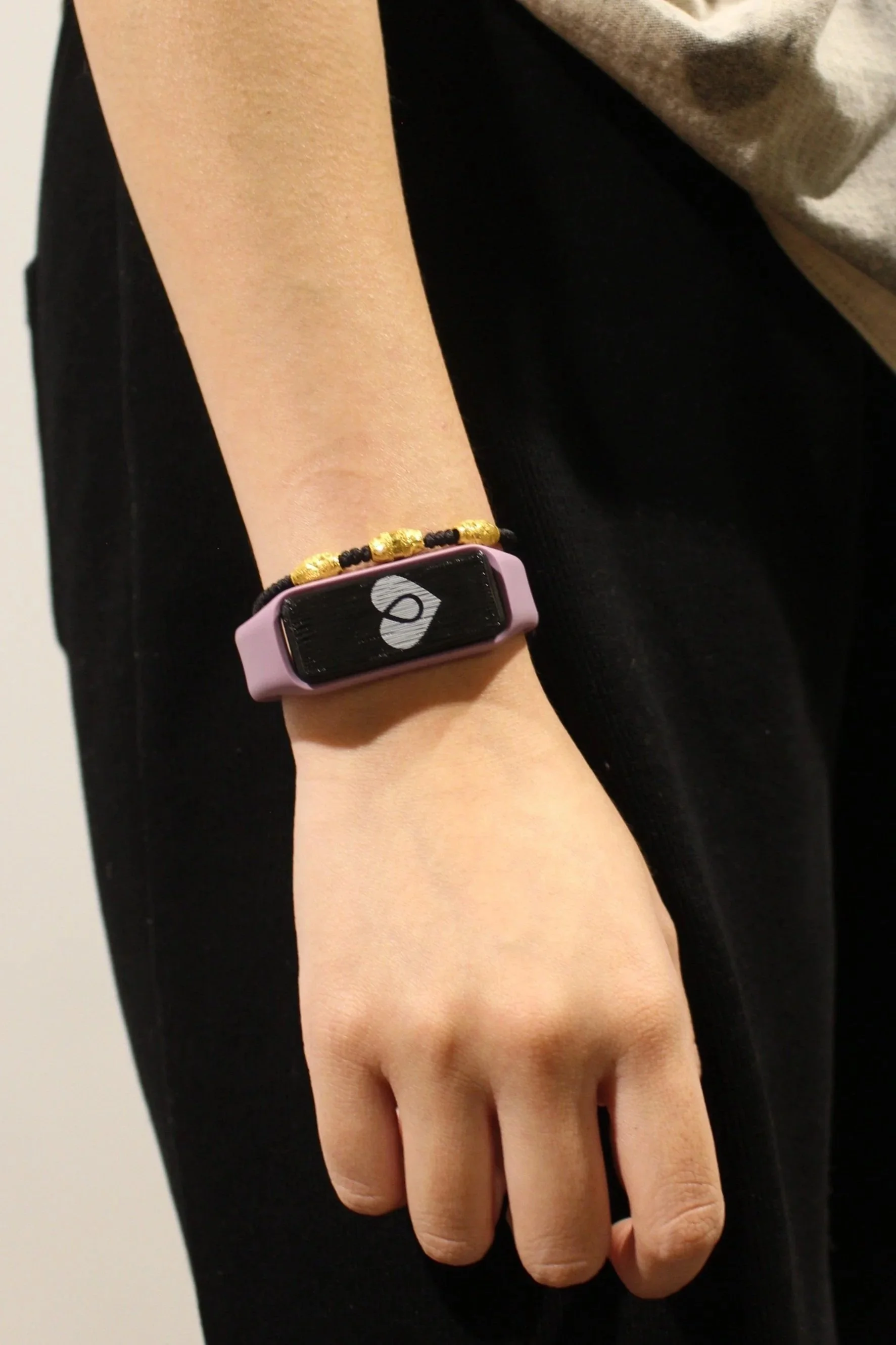My Cycle
A comprehensive look at women’s health
Winter Semester 2022
Client / Company
Ross Business School
Tauber Institute
Role
Lead Engineer
Skills
User research
Rapid prototyping
Arduino programming
Materials
Consumer electronics
3D Printed ABS & TPU
Tools
Soldering iron
Fusion 360
Background
Integrated Product Development (IPD) is a rigorous 6 credit interdisciplinary design course. Each team developed a product that addressed the design challenge and “sold” it at a live trade show at Ross Business School. My team’s product, My Cycle, took 1st place.
Design Challenge
While advances in health have improved many lives, women across countries and social and economic groups still face gaps in care, information, and support—leading to poorer maternal outcomes. Emerging technologies can help close these gaps and enrich lives.
Design a tangible product solution that improves the health of women, in one or both of the categories of reproductive and maternal health.
Specifications:
Retail price < $100
Proven practical feasibility through physical prototypes
Target Demographic: Women of childbearing age 2022
Research
We interviewed five young adults, seven mothers, and one medical practitioner to learn about their struggles regarding their reproductive and/or menstrual health. We also conducted secondary research by reading academic papers, news articles, and blogs.
Key Pain Points
Current period tracking apps can be inaccurate and don’t provide a holistic picture of what’s happening.
Understanding how different factors like stress and energy relate to their menstrual cycle can be challenging.
Using a menstrual cup can be messy.
Staying consistent while using birth control can be challenging.
Ideation
Smart Pill Bottle
Smart Tampon
One Handed Menstrual Cup
Temperature Tracking Bracelet and App
Squeeze Menstrual Cup
Screw Off Menstrual Cup
Our Focus: Basal Body Temperature
We focused on providing women with a holistic view of their health. We used basal body temperature (BBT) as our distinguishing tracking metric.
What is BBT?
BBT is your internal body temperature when your body is at complete rest (i.e. the moment you wake up). Though typically used to track ovulation and fertility, it’s a valuable metric that correlates to a woman’s stress, energy level, and mood during their cycle. A cost effective and intuitive solution of tracking BBT does not exist on the market today.
“I’m stressed a lot, I exercise a lot, I have mood swings, and lack energy all the time. I try to track my cycle using a period tracking app, but it’s never accurate and I never know what’s going on with my body.”
- Mia, age 20
My Cycle empowers women to understand how their BBT can be used to understand their menstrual cycle.
Our goals:
Provide a simple and affordable way of tracking BBT.
Help women understand how different factors in their menstrual cycle relate to one another using their body’s data
Credit: Samantha Greenhill
Prototyping
I used an Arduino development board and an off-the-shelf temperature sensor for my initial wired prototype.
Initial “Works-Like” Prototype
Final “Works-Like” Prototype
I wanted the final looks-like prototype to be both wearable and wireless, so I soldered a smaller I2C digital temperature sensor to a battery powered Adafruit Bluetooth PCB. The chip communicates to the My Cycle app via Bluetooth. The circuitry housing and wrist strap were both 3D printed.
I2C temperature sensor soldered to Adafruit microcontroller running Arduino code.
3.7V 400mAh battery and toggle switch.
3D printed strap and housing.
Final “Looks Like” Prototype
To give users an idea of what our product would look like, I 3D printed an insert for a FitBit strap. We assumed that the active technology in our “works-like” prototype could be condensed to this size or smaller if made at scale.
Credit: Samantha Greenhill
Check out the product website my teammates made here.
Trade Show
We presented My Cycle at a mock trade show where passersby were given a hypothetical budget of $150 and five products to learn about and “purchase”. Our sale price was $45. Our cost of production was $9.50. I got to pitch our product to potential users and develop a cost model.
























